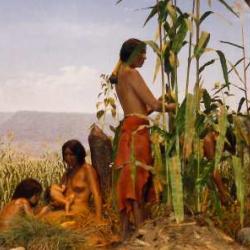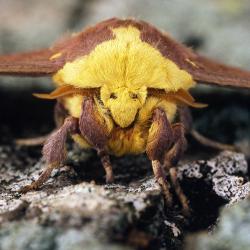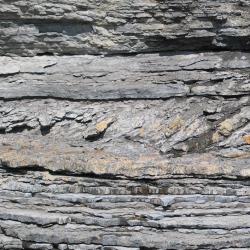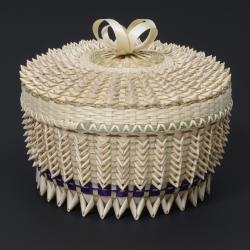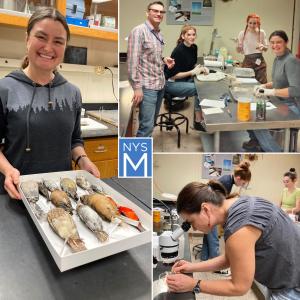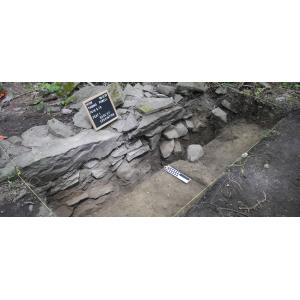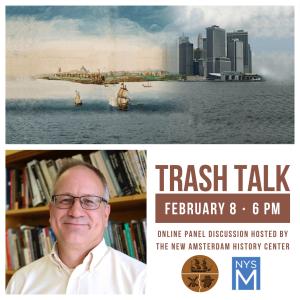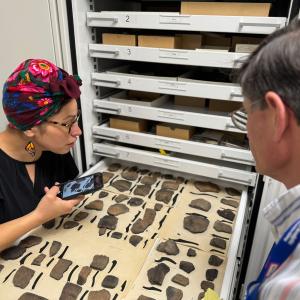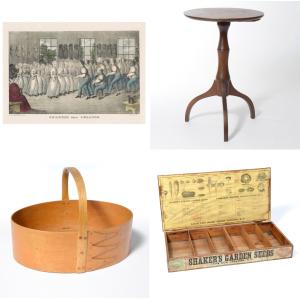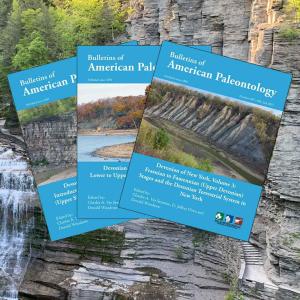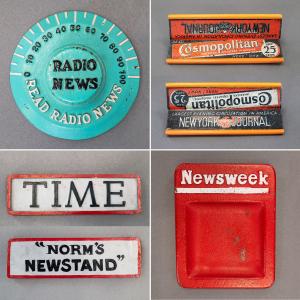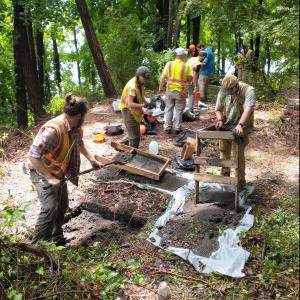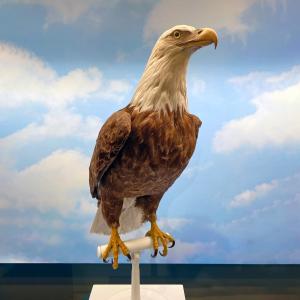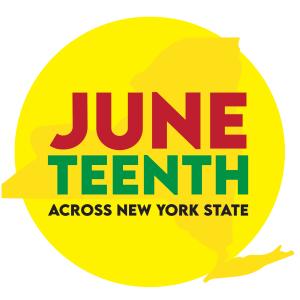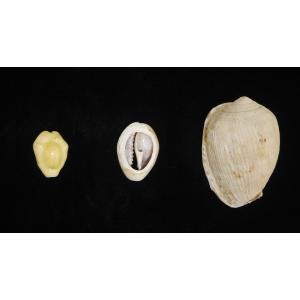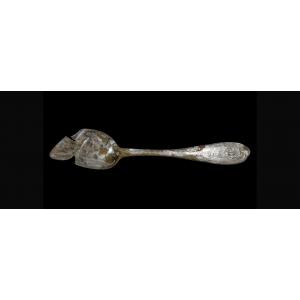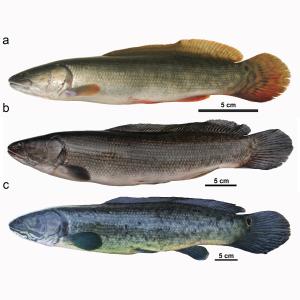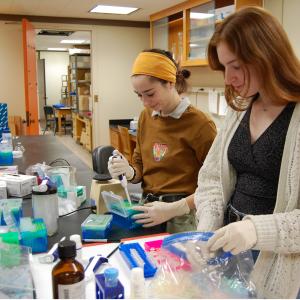Research at the New York State Museum today is as exciting as it is varied, with scientists and historians actively directing projects in biology, anthropology, geology, paleontology, and history. Research by staff represents one tangible way in which information about the natural and cultural histories of New York, and the world, is made available to the public. Research findings are presented in scholarly and popular publications, at professional meetings, in exhibitions, and in public programs.
Researchers throughout the world use the collections of the New York State Museum to address questions about New York's natural and human heritage. The Museum’s collections are made available to researchers and scholars and are also used in exhibitions and public programs. Participation in Museum collections curation and research projects is possible through internships and volunteer opportunities.
To explore the Museum’s Research and Collections Division, hover your mouse over the Research and Collections block at the top navigation bar.



